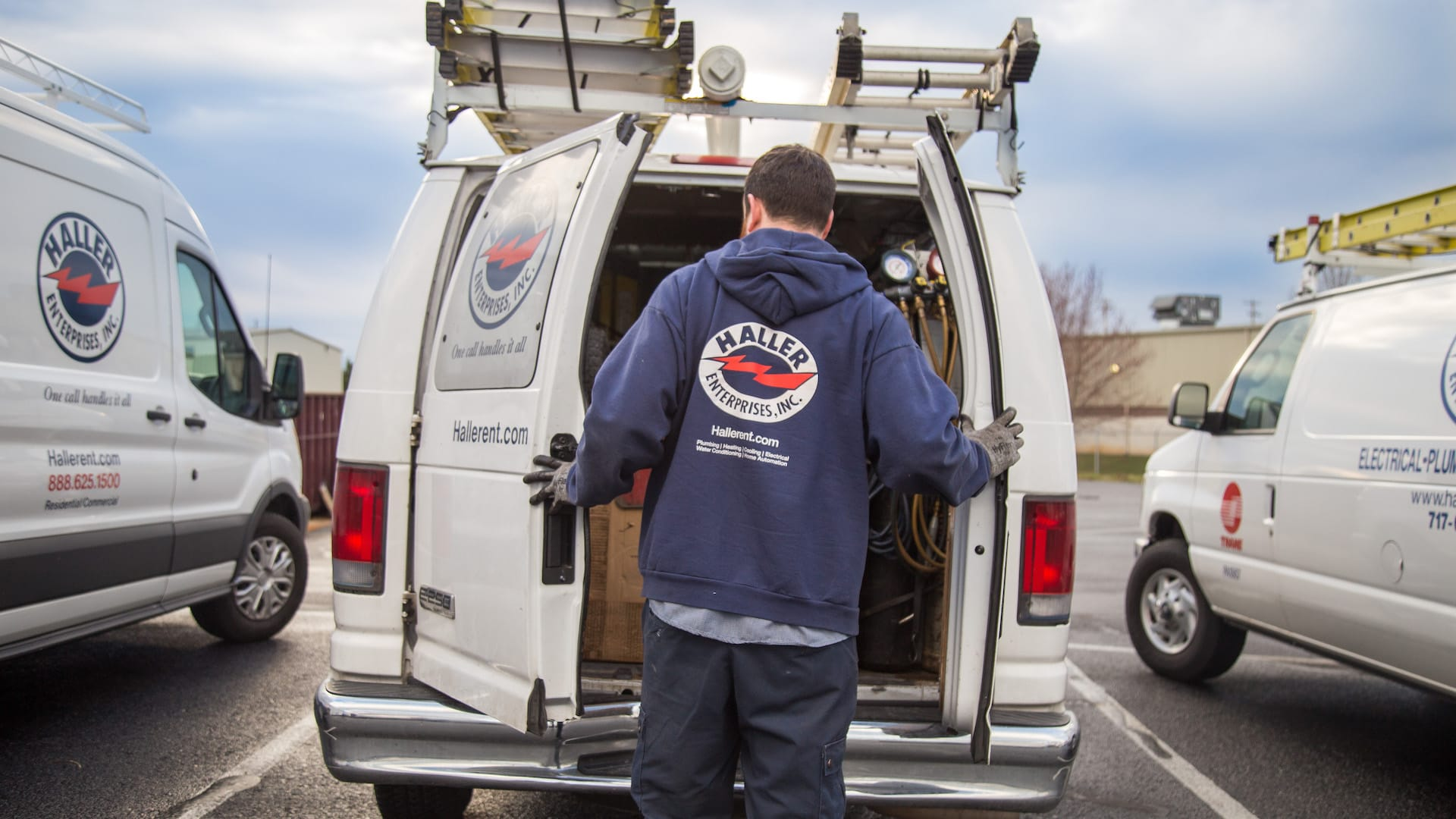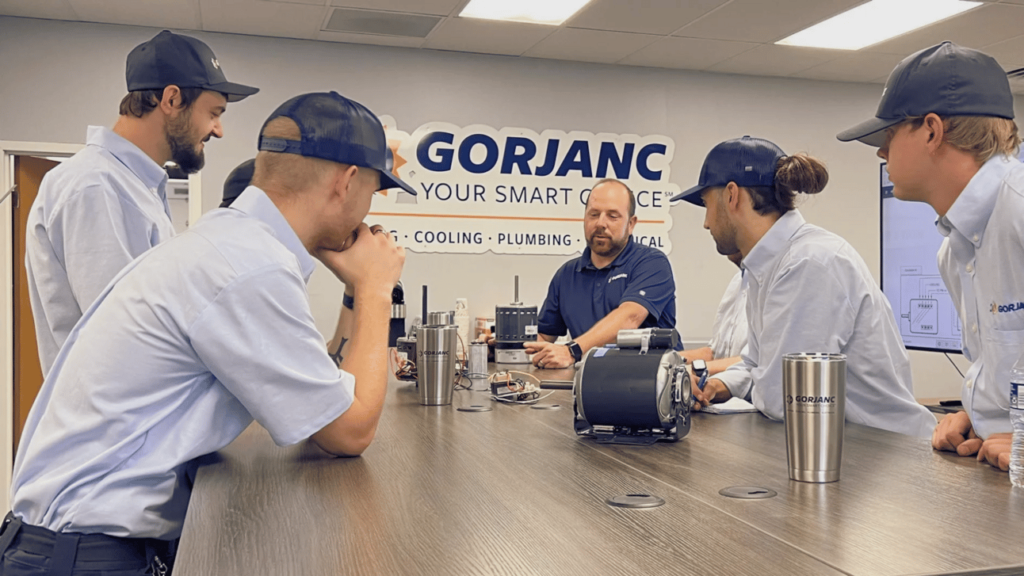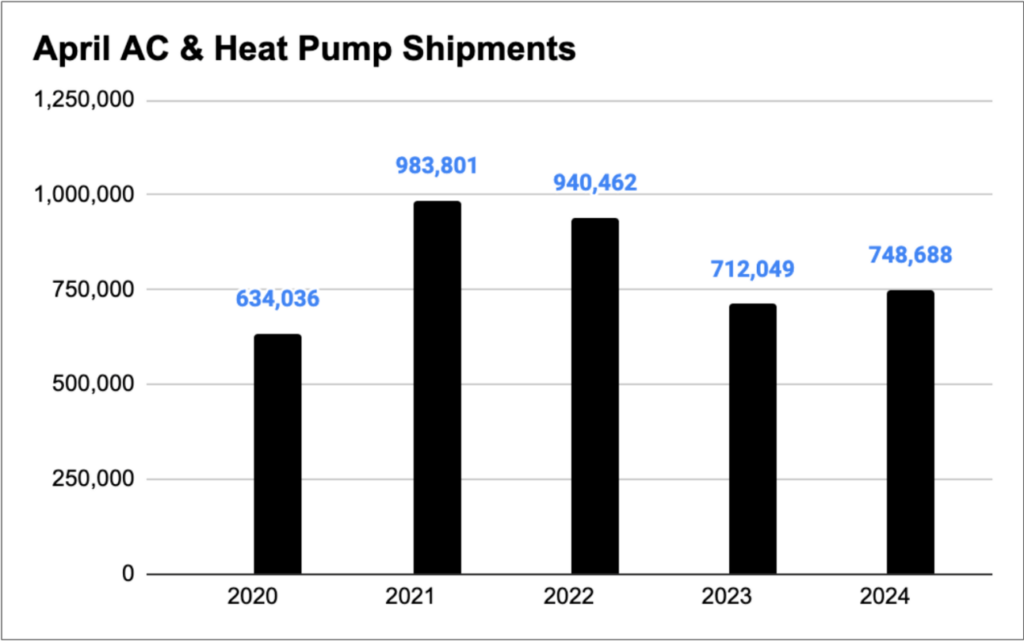Haller Enterprises president on shifting technicians across divisions
A conversation about shifting technicians across residential and commercial divisions, the org chart that supports the model, and more

Image: Haller Enterprises
From January to May 2024, Pennsylvania-based Haller Enterprises, a HomeX Services Group portfolio company, averaged 6.7 residential HVAC installs a day.
By July, a heatwave drove the figure to nine a day — a 34 percent jump. But notably, the company met the surge with just a five percent increase in residential technicians, by tapping another crop of techs — its commercial division.
To explore the approach, I spoke with Haller president Kenny Rogers about the logistics of shifting technicians across the company’s divisions, the org chart that supports the model, and more. Below is our conversation, lightly edited for clarity.
What’s the process like when you bring on new techs, regarding setting expectations that they may shift around?
We identify the candidates who could possibly be shared across divisions when interviewing. The equipment’s similar. The knowledge base is the same.
What’s different is communication.
We put techs through a training class, which is about four weeks long, on how to communicate, process paperwork, collect payment, etcetera. So there’s no miscommunication or failed expectations when someone moves from one division to another.
Can you give me some color on how this actually works day-to-day?
We have a weekly Monday-morning meeting. It depends on volume and what we’re looking to do, but based on our opportunities, we just ask ourselves how to produce the most gross profit per day.
On Tuesday, we may have 50 techs working in residential because we sold 50 jobs the day before, and we’ll pull technicians from different areas to get that done. Then the next day, we won’t have 50 sold jobs, and we’ll move techs to different areas to get caught up where, maybe, we’re lagging behind.
Are there any particular benchmarks or data points you look at when shifting people around?
To maximize gross profit per day, we need to have good visibility into where the work is for residential, commercial, and new construction, which we also do, along with each technician’s skill set. The rule of thumb we use is that around 20 percent of techs can usually move back and forth.
How have you structured the org chart to align with that?
What helps us perform well is having a designated leader to focus solely on labor utilization. They don’t have any skin in the game as far as budget by division. Their job is to be in charge of labor, and they’re the tiebreaker to get the most gross profit per day. If you have GMs of certain silos, they’re going to say, “No, I’m keeping this person cause I need to hit this budget.”
We struggled with that for years, but having a person to say, “This is what’s best for the company, and this is what we’re gonna do,” has been a game changer for us.
Have you adjusted comp plans to accommodate the shifting?
There are several different spiff structures technicians will get when they move from one division to another — mainly when they move to residential because it’s the most complex. But then our entire management team has a year-end target, so they’re incentivized to share labor.
I’ll also add that the strategy just enables consistent work hours. We went back and looked at 2024, and residential technicians, from January through April, which was a warm winter when the phone wasn’t really ringing, spent 20 percent of their total hours in commercial. If they were somewhere else, their hours probably would have been cut by 20 percent, or some portion of them would have been laid off.
How do you balance residential needs with the timing of commercial and new construction jobs?
Commercial and new construction work doesn’t have to be done right away. We can pull techs off, temporarily, and still have that work. But not with residential. We have to know when our residential techs are full so we can pull others over, because we still want to accept more calls to gain residential share, so customers don’t go elsewhere. But then, we’ll shift back to keep our schedule on track in commercial and new construction.
In your opinion, why don’t more companies do the same thing?
I think they are, it’s just hard on the people side. To be able to say, “We’re gonna keep you employed through the entire year. We’re not gonna have a roller coaster where demand goes down, and now we do a bunch of layoffs in one division but hire in another,” you need to have a certain culture. I think some companies do it well. We just seem to have built a culture where there aren’t divisional silos.
The other piece is that while there are a lot of really smart people in private equity, it’s often simpler to be pure residential or commercial. Scale also comes into play, and it’s a much harder strategy when you’re small. Part of the reason you need scale is that you need to have a different sales team. The same guy can’t be selling a residential changeout and a $1 million mill retrofit. They’re totally different people.
📬 Get our stories in your inbox
Keep reading
Quick take: Q&A with Gorjanc Home Services’ CFO, COO
In a market crowded with private equity-backed players, Gorjanc is an independent contractor on track to grow revenue over 20% this year
Trump administration releases funds for low-income HVAC program
The Department of Health and Human Services released $400 million of the program's remaining funds, following states' concerns


